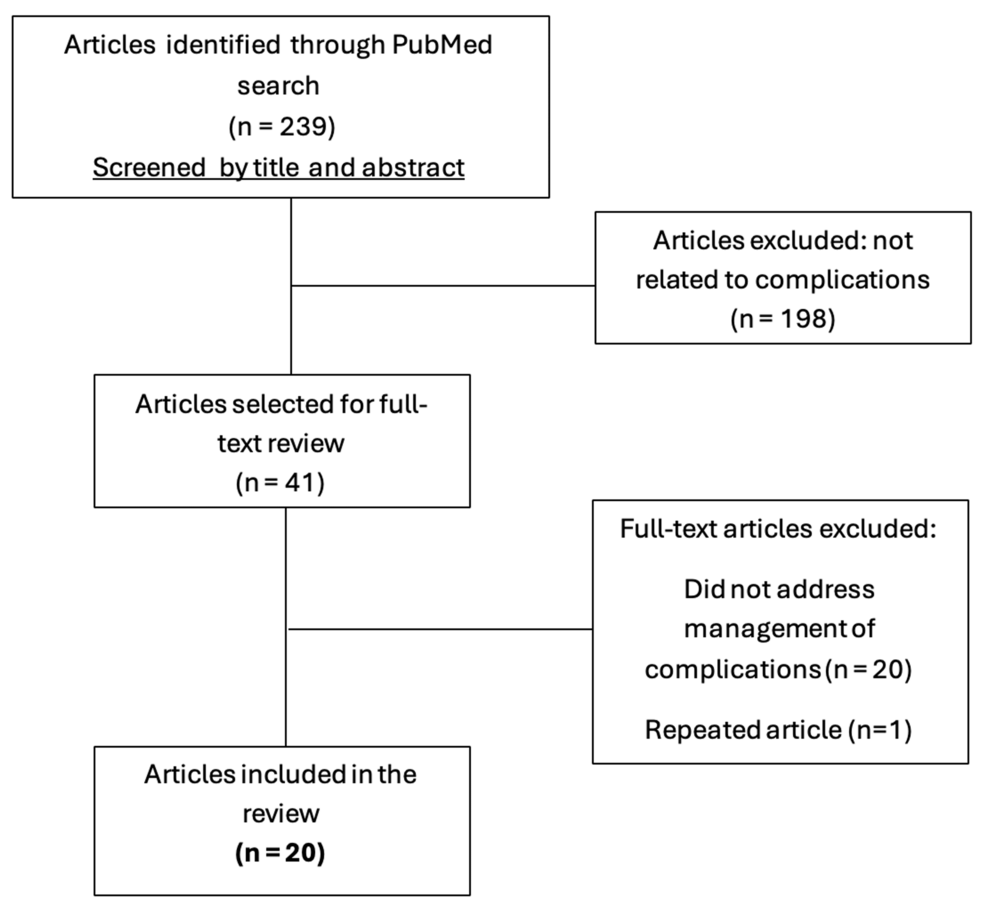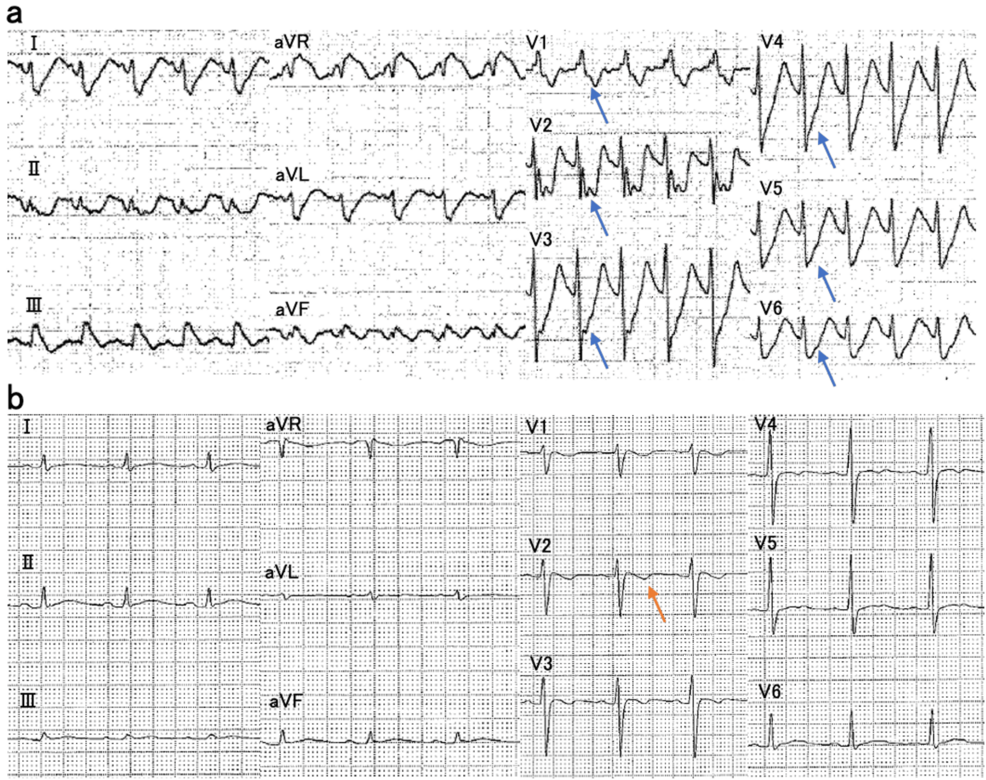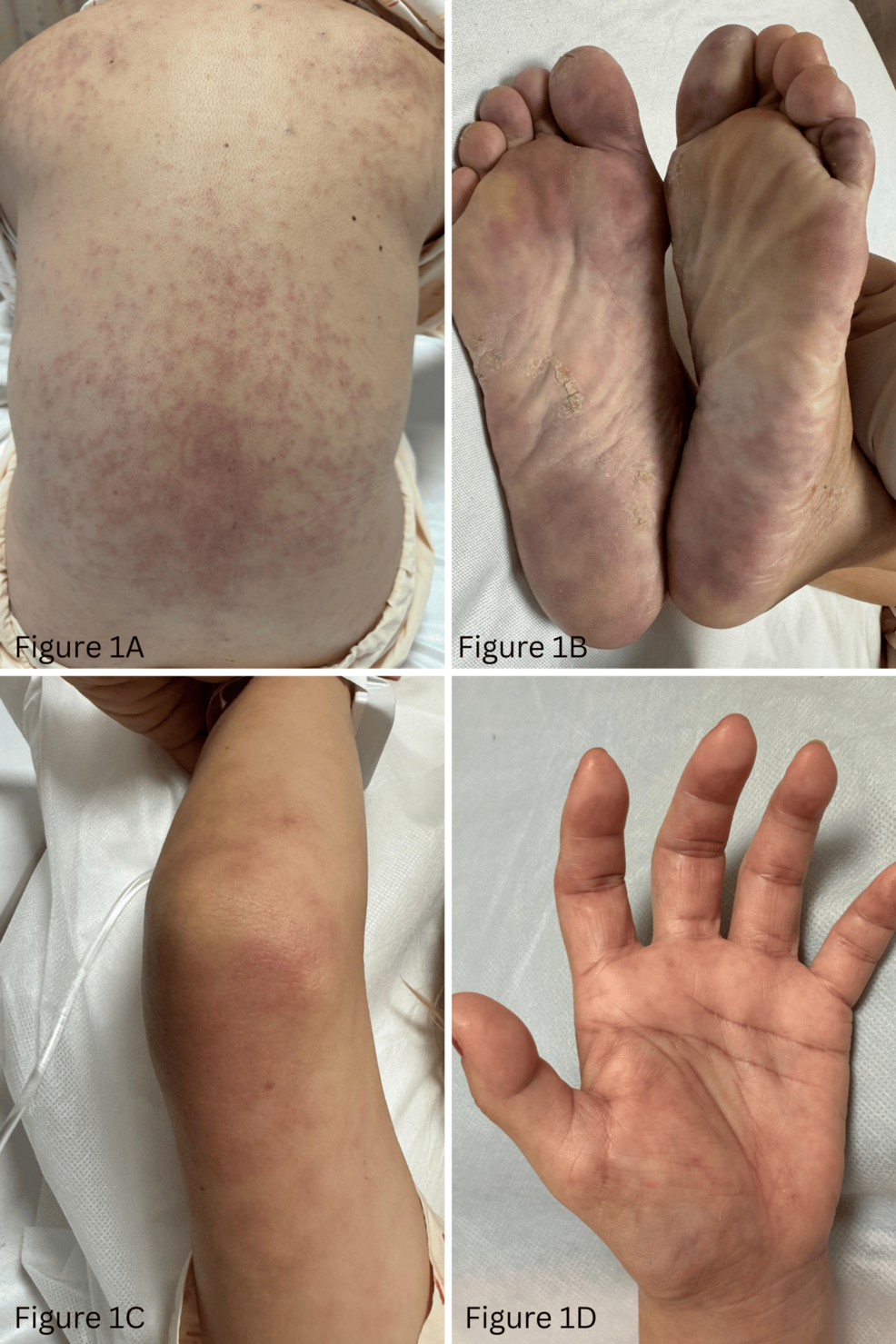Category: 6. Health
-
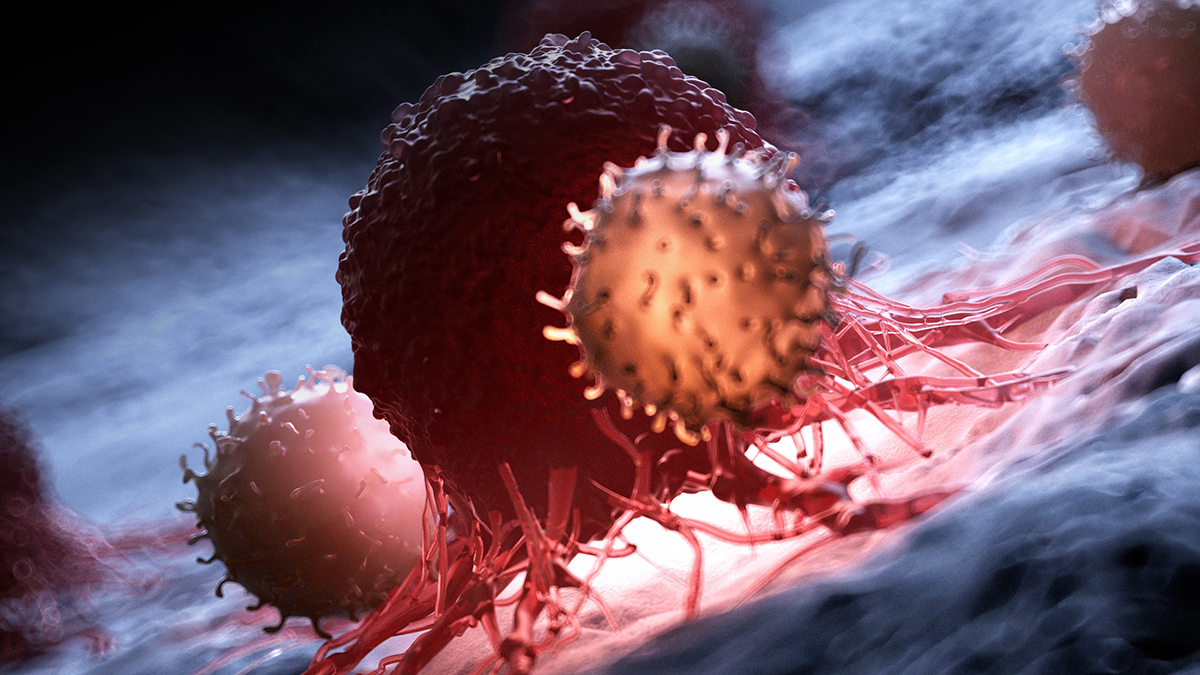
Blocking One Protein Slows Cancer Growth in Mice, Scientists Discover : ScienceAlert
One of the ways scientists are trying to improve cancer treatments is by better equipping the body’s own immune system to fight off the disease – and a new study identifies a molecular switch that can do just that.
Through an extensive…
Continue Reading
-
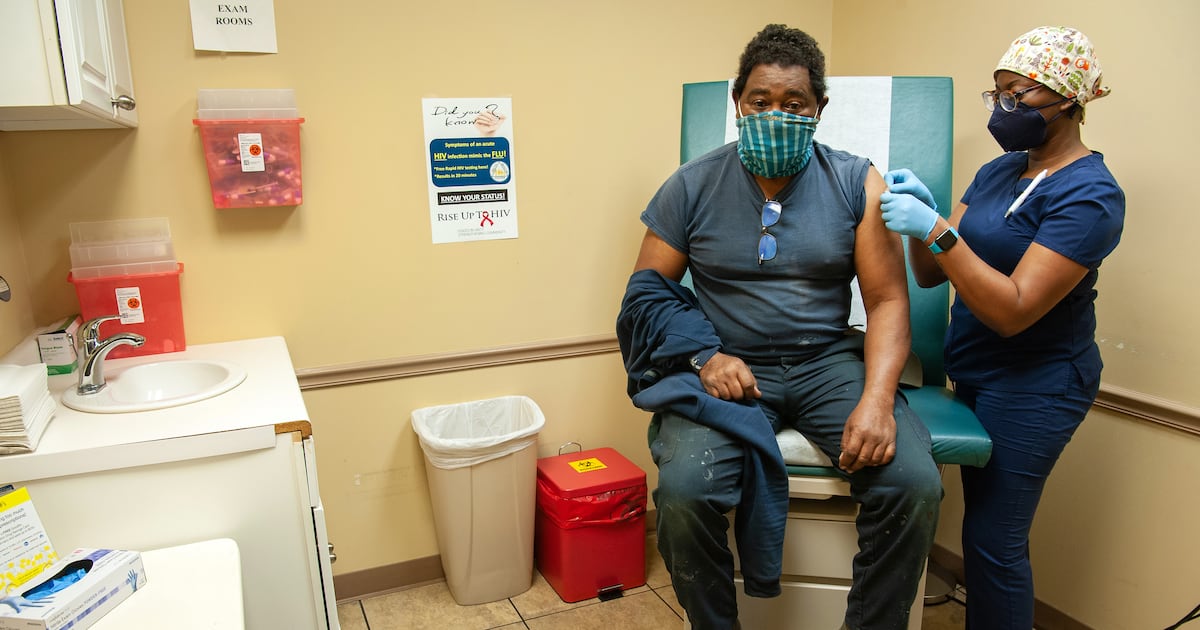
The global race for Covid-19 vaccines and lessons the world needs to learn – The Irish Times
This is the story of the life-or-death race to develop and equitably…
Continue Reading
-
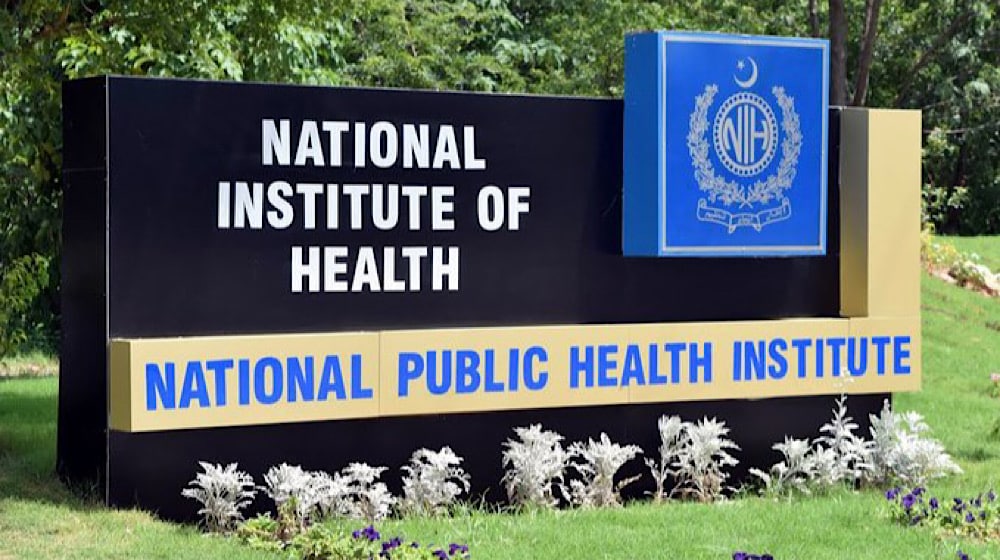
NIH Directs Provinces to Ensure Timely Mpox Reporting
Following confirmed local transmission of Mpox in Punjab, the National Institute of Health (NIH) Islamabad has issued a formal directive to all provinces, instructing them to ensure timely, complete, and accurate reporting of Mpox cases…
Continue Reading
-

Tell Us Your Health Questions: Reader Survey
The start of a new year is a classic time for a quiet reckoning with our health.
In fact, last January, I decided to finally look at my macros — how much protein, fiber, carbs, and other nutrients I was actually…
Continue Reading
-

Pediatric HBV-Related Cirrhosis Shows Silent Course – European Medical Journal Pediatric HBV-Related Cirrhosis Outcomes
Pediatric HBV-Related Cirrhosis Often Goes Unnoticed
Pediatric HBV-related cirrhosis often appears silent yet early antiviral therapy in children was tied to better long-term outcomes.
A single center observational study evaluated Pediatric…
Continue Reading
-
Australia’s “Super-K” flu strain drives record global outbreaks-Xinhua
MELBOURNE, Jan. 3 (Xinhua) — Australian scientists say the country’s record-breaking 2025 flu season has triggered a fast-spreading “Super-K” strain now driving record global outbreaks.
The influenza A (H3N2) subclade K viruses were first…
Continue Reading
